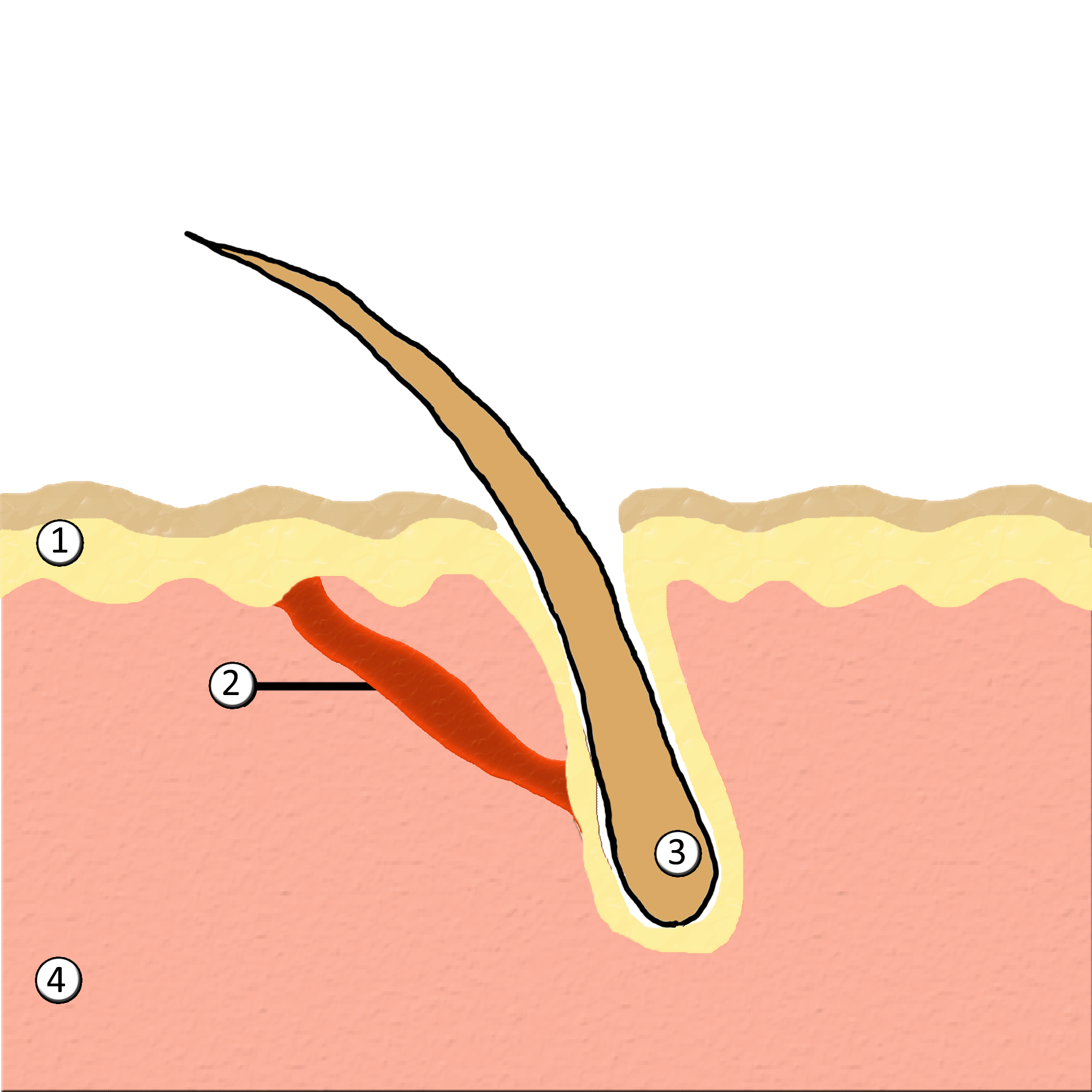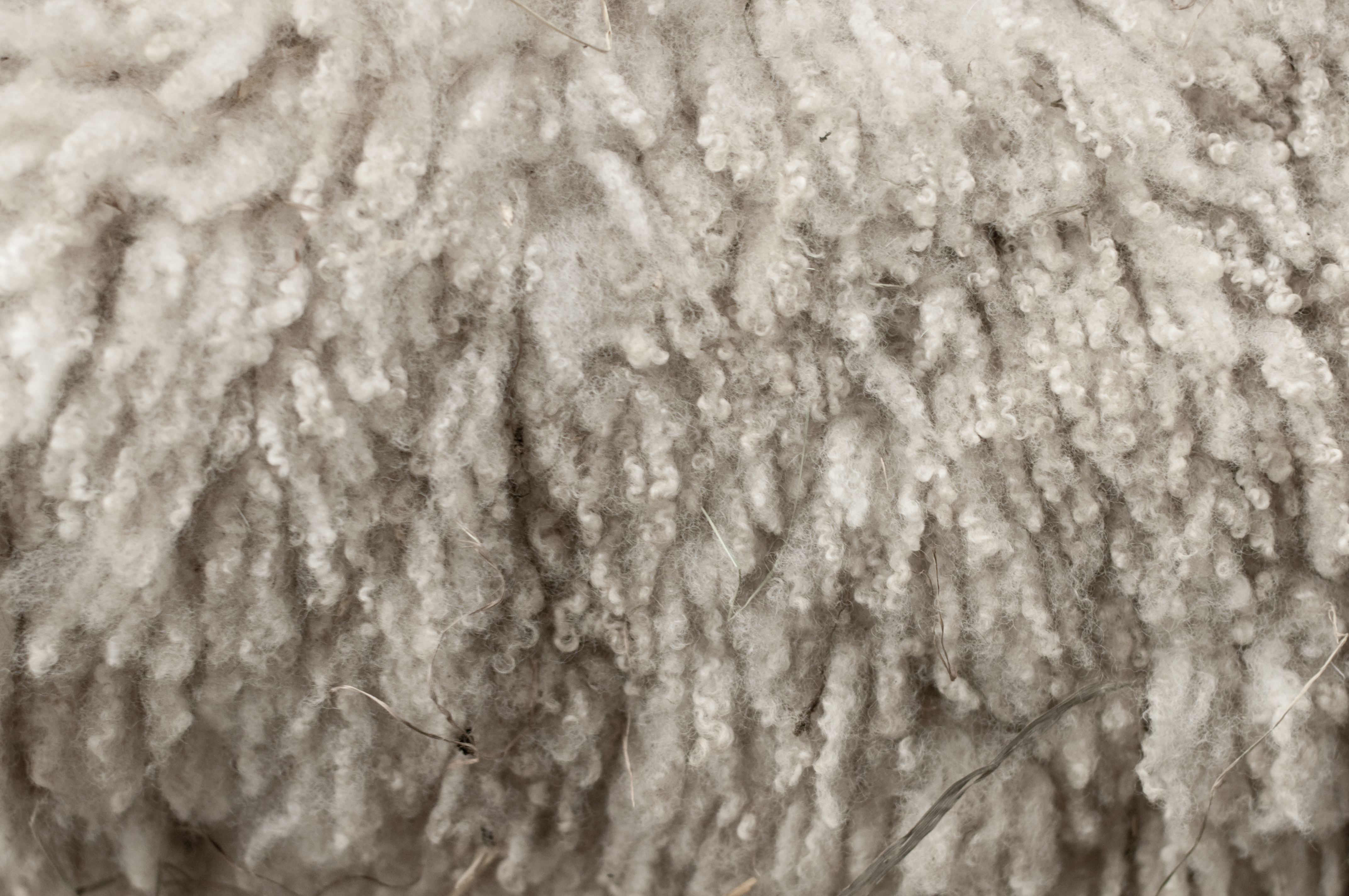|
Tickle
Tickling is the act of touching a part of a person's body in a way that causes involuntary twitching movements or laughter. The laughter effect is inherently predicated upon the element of surprise, therefore normally does not contain consent from the receiving party. The word evolved from the Middle English ''tikelen'', perhaps frequentative of ''ticken'', to touch lightly. In 1897, psychologists G. Stanley Hall and Arthur Allin described a "tickle" as two different types of phenomena. One type is caused by very light movement across the skin. This type of tickle, called a knismesis, generally does not produce laughter and is sometimes accompanied by an itching sensation. Physiology Tickling results from a mild stimulation moving across the skin, and is associated with behaviors such as smiling, laughter, twitching, withdrawal and goose bumps. The tickle can be divided into two separate categories of sensation, knismesis and gargalesis. Knismesis, also known as a "moving ... [...More Info...] [...Related Items...] OR: [Wikipedia] [Google] [Baidu] |
Tickle Torture
Tickle torture is the prolonged use of tickling to Torture, abuse, Dominance and submission, dominate, Harassment, harass, Humiliation, humiliate, or Interrogation, interrogate an individual. While laughter is popularly thought of as a pleasure response, in tickle torture, the one being tickled may laugh whether or not they find the experience pleasant. In a tickling situation, laughter can indicate a panic reflex rather than a pleasure response. Tickle torture can cause real physical and mental distress in a victim. Tickle torture can be used as an alternative to outright violence. Tickle torture can be used as an interrogation technique, by utilising prolonged or intense tickling until discomfort causes the victim to release the required information. It can also be used as a display of dominance, as it could involve physically overpowering an individual. This can be seen as humiliating, as the act of being tickled can produce involuntary reactions, such as squealing or kicking. ... [...More Info...] [...Related Items...] OR: [Wikipedia] [Google] [Baidu] |
Knismesis And Gargalesis
Knismesis and gargalesis are the scientific terms, coined in 1897 by psychologists G. Stanley Hall and Arthur Allin, used to describe the two types of tickling. Knismesis refers to the light, feather-like type of tickling. This type of tickling generally does not induce laughter and is often accompanied by an itching sensation. Gargalesis refers to harder, laughter-inducing tickling, and involves the repeated application of high pressure to sensitive areas. While the two terms are used in academic papers, they do not appear in many dictionaries and their origin is rarely declared. The term ''knismesis'' comes from the Ancient Greek () meaning 'itching'. The term ''gargalesis'' stems from the Ancient Greek () meaning 'to tickle'. The suffix '' -esis'' is used to form nouns of action or process. Knismesis The knismesis phenomenon requires low levels of stimulation to sensitive parts of the body, and can be triggered by a light touch or by a light electric current. Knismesis c ... [...More Info...] [...Related Items...] OR: [Wikipedia] [Google] [Baidu] |
Laughter
Laughter is a pleasant physical reaction and emotion consisting usually of rhythmical, usually audible contractions of the diaphragm and other parts of the respiratory system. It is a response to certain external or internal stimuli. Laughter can rise from such activities as being tickled, or from humorous stories, imagery, videos or thoughts. Most commonly, it is considered an auditory expression of a number of positive emotional states, such as joy, mirth, happiness or relief. On some occasions, however, it may be caused by contrary emotional states such as embarrassment, surprise, or confusion such as nervous laughter or courtesy laugh. Age, gender, education, language and culture are all indicators as to whether a person will experience laughter in a given situation. Other than humans, some other species of primate (chimpanzees, gorillas and orangutans) show laughter-like vocalizations in response to physical contact such as wrestling, play chasing or tickling. ... [...More Info...] [...Related Items...] OR: [Wikipedia] [Google] [Baidu] |
Frequentative
In grammar, a frequentative form (abbreviated or ) of a word indicates repeated action but is not to be confused with iterative aspect. The frequentative form can be considered a separate but not completely independent word called a frequentative. The frequentative is no longer productive in English, unlike in some language groups, such as Finno-Ugric, Balto-Slavic, and Turkic. English English has ''-le'' and -''er'' as frequentative suffixes. Some frequentative verbs surviving in English, and their parent verbs are listed below. Additionally, some frequentative verbs are formed by reduplication of a monosyllable (e.g., ''coo-cooing'', ''cf.'' Latin ''murmur''). Frequentative nouns are often formed by combining two different vowel grades of the same word (as in ''teeter-totter'', ''pitter-patter'', ''chitchat''.) Finnish In Finnish, a frequentative verb signifies a single action repeated, "around the place" both spatially and temporally. The complete translation would ... [...More Info...] [...Related Items...] OR: [Wikipedia] [Google] [Baidu] |
Goose Bumps
Goose bumps, goosebumps or goose pimples are the bumps on a person's skin at the base of body hairs which may involuntarily develop when a person is Tickling, tickled, cold or experiencing strong emotions such as fear, euphoria or sexual arousal. The formation of goose bumps in humans under Stress (medicine), stress is considered by some to be a Vestigial response, vestigial reflex, though visible piloerection is associated with changes in skin temperature in humans. The reflex of producing goose bumps is known as piloerection or the pilomotor reflex, or, more traditionally, horripilation. It occurs in many mammals; a prominent example is porcupines, which raise their quills when threatened, or sea otters when they encounter sharks or other predators. Anatomy and biology Goose bumps are created when tiny muscles at the base of each hair, known as ''arrector pili muscles'', contract and pull the hair straight up. The reflex is started by the sympathetic nervous system, which i ... [...More Info...] [...Related Items...] OR: [Wikipedia] [Google] [Baidu] |
Tactition
The somatosensory system, or somatic sensory system is a subset of the sensory nervous system. The main functions of the somatosensory system are the perception of external stimuli, the perception of internal stimuli, and the regulation of body position and balance ( proprioception). It is believed to act as a pathway between the different sensory modalities within the body. As of 2024 debate continued on the underlying mechanisms, correctness and validity of the somatosensory system model, and whether it impacts emotions in the body. The somatosensory system has been thought of as having two subdivisions; *one for the detection of mechanosensory information related to touch. Mechanosensory information includes that of light touch, vibration, pressure and tension in the skin. Much of this information belongs to the sense of touch which is a general somatic sense in contrast to the special senses of sight, smell, taste, hearing, and balance. * one for the nociception ... [...More Info...] [...Related Items...] OR: [Wikipedia] [Google] [Baidu] |
Armpit
The axilla (: axillae or axillas; also known as the armpit, underarm or oxter) is the area on the human body directly under the shoulder joint. It includes the axillary space, an anatomical space within the shoulder girdle between the arm and the thoracic cage, bounded superiorly by the imaginary plane between the superior borders of the first rib, clavicle and scapula (above which are considered part of the neck), medially by the serratus anterior muscle and thoracolumbar fascia, anteriorly by the pectoral muscles and posteriorly by the subscapularis, teres major and latissimus dorsi muscle. The soft skin covering the lateral axilla contains many hair and sweat glands. In humans, the formation of body odor happens mostly in the axilla. These odorant substances have been suggested by some to serve as pheromones, which play a role related to mate selection, although this is a controversial topic within the scientific community. The underarms seem more important than ... [...More Info...] [...Related Items...] OR: [Wikipedia] [Google] [Baidu] |
Cutting
Cutting is the separation or opening of a physical object, into two or more portions, through the application of an acutely directed force. Implements commonly used for wikt:cut, cutting are the knife and saw, or in medicine and science the scalpel and microtome. However, any sufficiently sharp object is capable of cutting if it has a hardness sufficiently larger than the object being cut, and if it is applied with sufficient force. Even liquids can be used to cut things when applied with sufficient force (see water jet cutter). Cutting is a compression (physical), compressive and shearing (physics), shearing phenomenon, and occurs only when the total stress (physics), stress generated by the cutting implement exceeds the ultimate Strength of materials, strength of the material of the object being cut. The simplest applicable equation is: :\text = or \tau=\frac The stress generated by a cutting implement is directly proportional to the force with which it is applied, and ... [...More Info...] [...Related Items...] OR: [Wikipedia] [Google] [Baidu] |
Wool
Wool is the textile fiber obtained from sheep and other mammals, especially goats, rabbits, and camelids. The term may also refer to inorganic materials, such as mineral wool and glass wool, that have some properties similar to animal wool. As an animal fiber, wool consists of protein together with a small percentage of lipids. This makes it chemically quite distinct from cotton and other plant fibers, which are mainly cellulose. Characteristics Wool is produced by follicles which are small cells located in the skin. These follicles are located in the upper layer of the skin called the epidermis and push down into the second skin layer called the dermis as the wool fibers grow. Follicles can be classed as either primary or secondary follicles. Primary follicles produce three types of fiber: kemp, medullated fibers, and true wool fibers. Secondary follicles only produce true wool fibers. Medullated fibers share nearly identical characteristics to hair and are long but ... [...More Info...] [...Related Items...] OR: [Wikipedia] [Google] [Baidu] |
Chronic Pain
Chronic pain is pain that persists or recurs for longer than 3 months.https://icd.who.int/browse/2025-01/mms/en#1581976053 It is also known as gradual burning pain, electrical pain, throbbing pain, and nauseating pain. This type of pain is in contrast to acute pain, which is pain associated with a cause that can be relieved by treating the cause, and decreases or stops when the cause improves. Chronic pain can last for years. Persistent pain often serves no apparent useful purpose. The most common types of chronic pain are back pain, severe headache, migraine, and facial pain. Chronic pain can cause very severe psychological and physical effects that sometimes continue until the end of life. Analysis of the grey matter (damage to brain neurons), insomnia and sleep deprivation, metabolic problems, chronic stress, obesity, and heart attack are examples of physical disorders; and Depression (mood), depression, and neurocognitive disorders are examples of mental disorders. A wide ra ... [...More Info...] [...Related Items...] OR: [Wikipedia] [Google] [Baidu] |
Spinal Cord Injury
A spinal cord injury (SCI) is damage to the spinal cord that causes temporary or permanent changes in its function. It is a destructive neurological and pathological state that causes major motor, sensory and autonomic dysfunctions. Symptoms of spinal cord injury may include loss of muscle function, sensation, or autonomic function in the parts of the body served by the spinal cord below the level of the injury. Injury can occur at any level of the spinal cord and can be ''complete'', with a total loss of sensation and muscle function at lower sacral segments, or ''incomplete'', meaning some nervous signals are able to travel past the injured area of the cord up to the Sacral S4-5 spinal cord segments. Depending on the location and severity of damage, the symptoms vary, from numbness to paralysis, including bowel or bladder incontinence. Long term outcomes also range widely, from full recovery to permanent tetraplegia (also called quadriplegia) or paraplegia. Complications c ... [...More Info...] [...Related Items...] OR: [Wikipedia] [Google] [Baidu] |
Zuber Buhler Fritz Tickling The Baby
Zuber may refer to: People * Zuber (surname) * Zuber K. Khan, Indian actor Places * Zuber, Florida, United States * Zuber Corners, Ontario, Canada See also * Zubair (other) * Zuberi Zuberi (; ), also written as Zubairi, Zubairy, Zubayr, Zoberi, Zobairi, or Zbiri is a surname from Arabic, meaning a descendant of someone named Zubayr. It is particularly found among Muslims in India and Pakistan. Notable people with the surname i ..., an Indian surname * Zuber & Cie, wallpaper manufacturer {{DEFAULTSORT:Zuber ... [...More Info...] [...Related Items...] OR: [Wikipedia] [Google] [Baidu] |







